8. The Innocents
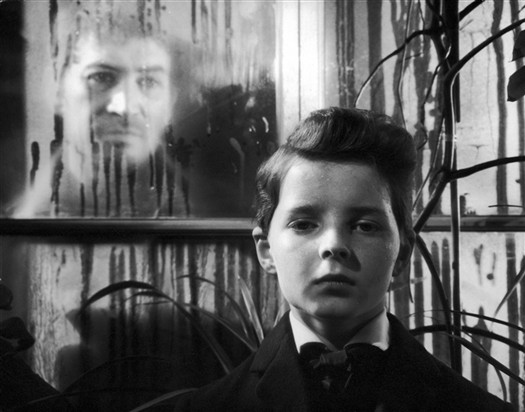
An adaptation of Henry James’s story “The Turn of the Screw,” The Innocents follows a high-strung governess who goes to care for two unnervingly precocious children. Something is definitely amiss in the large Gothic house, but whether the source of the trouble is the neurotic governess, the slightly sinister kids, or a malevolent supernatural presence is deliberately left ambiguous. What is clear is that the young brother and sister have been exposed to the corrupting influence of a former gardener of the estate, as the governess discovers through their impertinently frank behavior and conversation.
The Innocents is one of the classiest and most intelligent scary movies of all time. At times so understated that it feels more like a melodrama with only hints of horror, its chilling moments and concepts are more than effective enough to keep us on the edge of our seats. If you enjoy an elegant Gothic mystery with intimations of horror and dynamic performances, this is your film.
7. Cat People
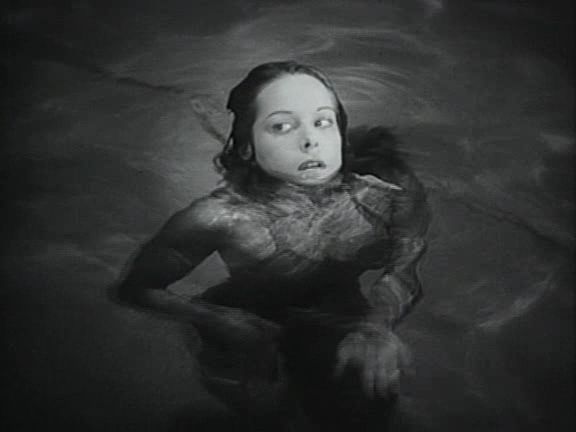
This unique film took a rather bizarre concept and made of it a masterpiece. A young Serbian woman named Irena believes herself to be under an ancient curse which causes her to turn into a cat when her passions are inflamed. When she is finally persuaded to marry, she lives in constant fear of hurting her husband by getting too emotionally close to him. This naturally causes tension in their marriage, which escalates into a potentially disastrous situation for the unbelieving husband and the superstitious wife.
Jacques Tourneur directed this Gothic tale in 1942, near the beginning of his prolific career. Cat People is a masterclass in creating an effective horror film without a big budget or excess violence. Through the power of suggestion the film sparks the viewer’s imagination to create its chilling atmosphere. Inspiring a sequel in 1944 and a remake in 1982, Cat People dug its claws into Gothic cinematic history and still hangs on tight.
6. The Masque of the Red Death
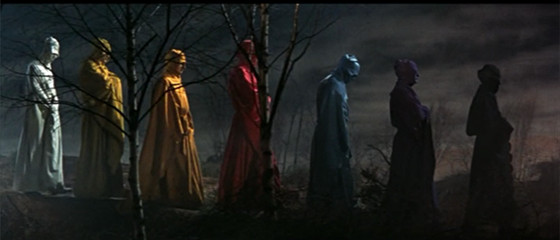
Edgar Allan Poe often wrote about what he called the “terrors of the soul,” and director Roger Corman did us a great favor by putting this particular story of terror on the screen. A wicked tyrant played by the irreplaceable Vincent Price lives in his lavish castle by night, and terrorizes his plague-stricken subjects by day. But when he hosts a self-indulgent masquerade ball, one of his guests is a sinister red-cloaked figure with vengeance on its mind.
Roger Corman made a series of film adaptions of Edgar Allan Poe’s writings in the 1960’s, and this is considered by many to be the best of the bunch. The sense of dread that builds as the mysterious figure cloaked in red moves silently through the mansion and toward the wicked prince is palpable.
Each room in the palace is designed with unique, vibrant colors that add to the atmosphere and enhance the growing suspense. And of course Vincent Price is the key to the movie’s success. He plays the sadistic yet inwardly cowardly tyrant with just the right mixture of pride and disdain. The Masque of the Red Death is a quintessential Gothic classic.
5. Night of the Demon
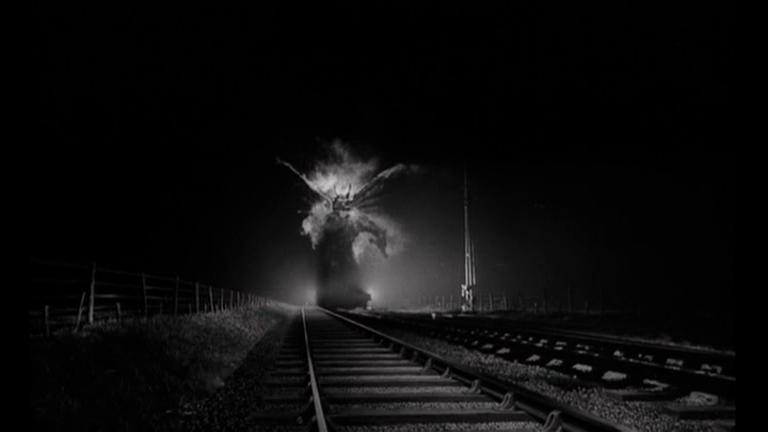
This British gem of a horror film is the definition of a cult classic. It’s based on a 1911 story by M. R. James called “Casting the Runes.” Any story with the word “runes” in the title promises to be rich in Gothic atmosphere, and the film exceeds our wildest hopes.
Night of the Demon wastes no time before diving into the realm of the Gothic. Its early scenes show a professor begging the leader of a satanic cult to remove the curse he placed on the professor in exchange for his ceasing to investigate the cult’s nefarious activities. When that professor doesn’t make his scheduled appearance at an academic convention, Dr. John Holden (played by Dana Andrews) takes over the investigation of the disappearance.
Dr. Holden, as a man of rigorous scientific methods, has no faith in the supernatural. But his beliefs are tested when he falls under the watchful eye of the charismatic cult leader, who wants something that Holden possesses. This compelling film was directed by the great Jacques Tourneur, and is required viewing for Gothic horror fans.
4. Vampyr
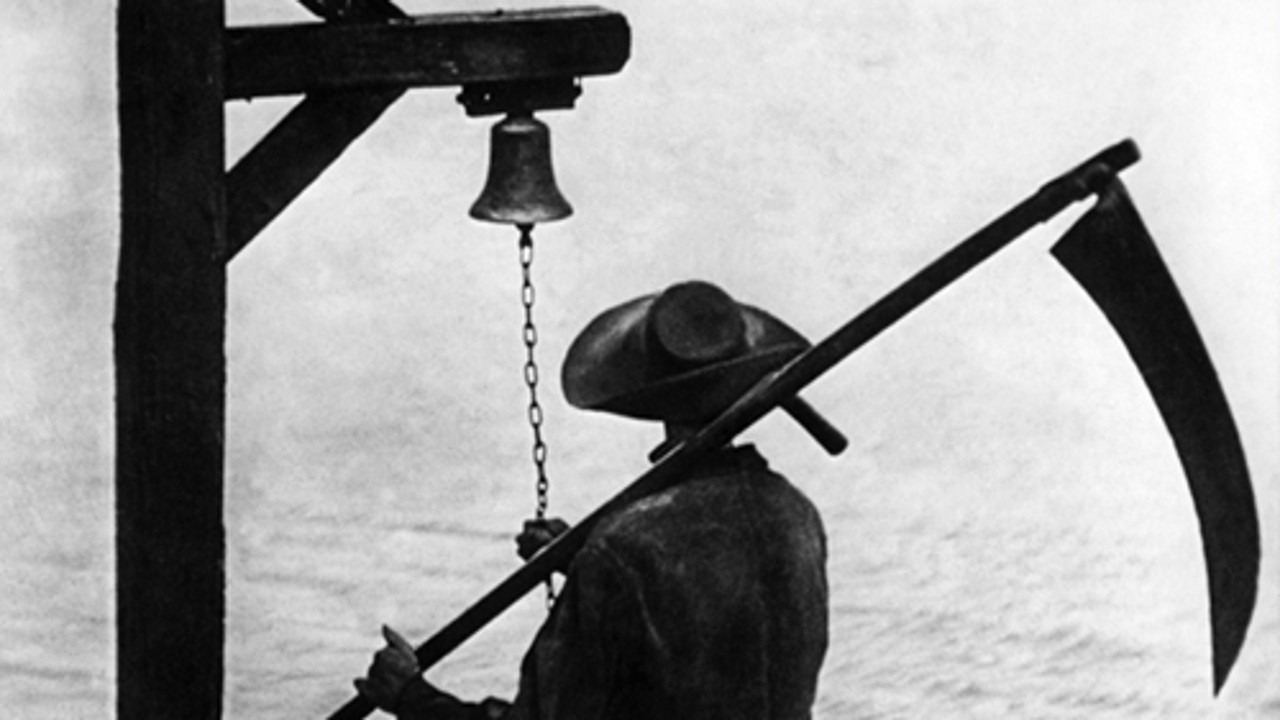
Carl Theodor Dreyer’s classic masterpiece Vampyr is a highly influential landmark in the history of cinema. This is one of the earliest vampire films, and is loosely based on the writing of a pioneer of vampiric literature.
“In a Glass Darkly” is a collection of supernatural stories by J. Sheridan Le Fanu which was the inspiration for parts of Vampyr. This film examines the experiences of a young man who is a student of the occult, but who wades a little too far into his studies and falls under the spell of a supernatural entity.
It’s impossible to shake the other-worldly feeling that haunts you while watching Vampyr. At times the atmosphere is so thick and authentic that it has the vague feel of a documentary. As Dreyer’s first film with sound, Vampyr was apparently made with much difficulty since audio techniques were still being perfected. But the resulting movie is a miracle of filmmaking, and you haven’t seen all the best vampire movies until you’ve seen Vampyr.
3. The Pit and the Pendulum
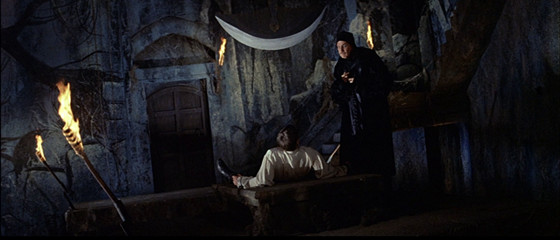
Films based on the works of Edgar Allan Poe were plentiful in the 1960’s; The Pit and the Pendulum was the second in a series released by American International Pictures. The image conjured by the climactic scene of this famous story lingers in our imaginations even more clearly than the backstory itself.
The sight of a man strapped to a stone slab with a razor-sharp pendulum swinging ever closer to his body is hard to forget. The story of how he got there and the dread he feels as his death inches closer is retold and reimagined in this Gothic film.
This literary adaption had all the right ingredients needed to produce a classic: a story by Edgar Allan Poe, Roger Corman as director, Richard Matheson as screenwriter, Vincent Price as the leading man, and Barbara Steele as the leading lady.
These perennial Gothic players joined forces to create a real gem in cinema’s Gothic crown. Filmed in lavish color, The Pit and the Pendulum is a brilliant reworking of a legendary tale that belongs in every Gothic horror fan’s collection.
2. Suspiria
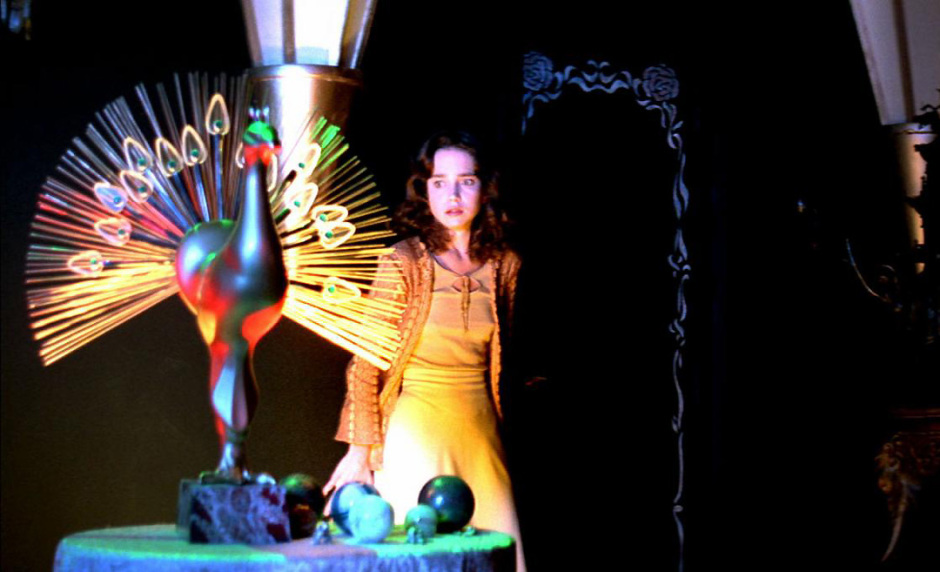
Proving that the Gothic genre can thrive in a more modern setting, Suspiria arrives on the screen bathed in lavish color. We follow a young American named Suzy Bannion to a German ballet school, where it seems that more than ballet is being practiced.
Suspiria assaults the senses with light, sound, and plenty of sharp objects. Its legendary soundtrack is one of the most unnerving and effective musical scores in history, relentlessly keeping our nerves on edge.
Almost every shot is awash in rich red or chilling blue light, adding an even more nightmarish feel to the events we witness. Whispers of witchcraft and suspicions of spells and curses abound in the dialogue and the setting, but are they just the hallucinations a disoriented girl far from home? In Suspiria it’s not a question of if we should suspect someone, but of whether we should suspect everyone.
1. Black Sunday
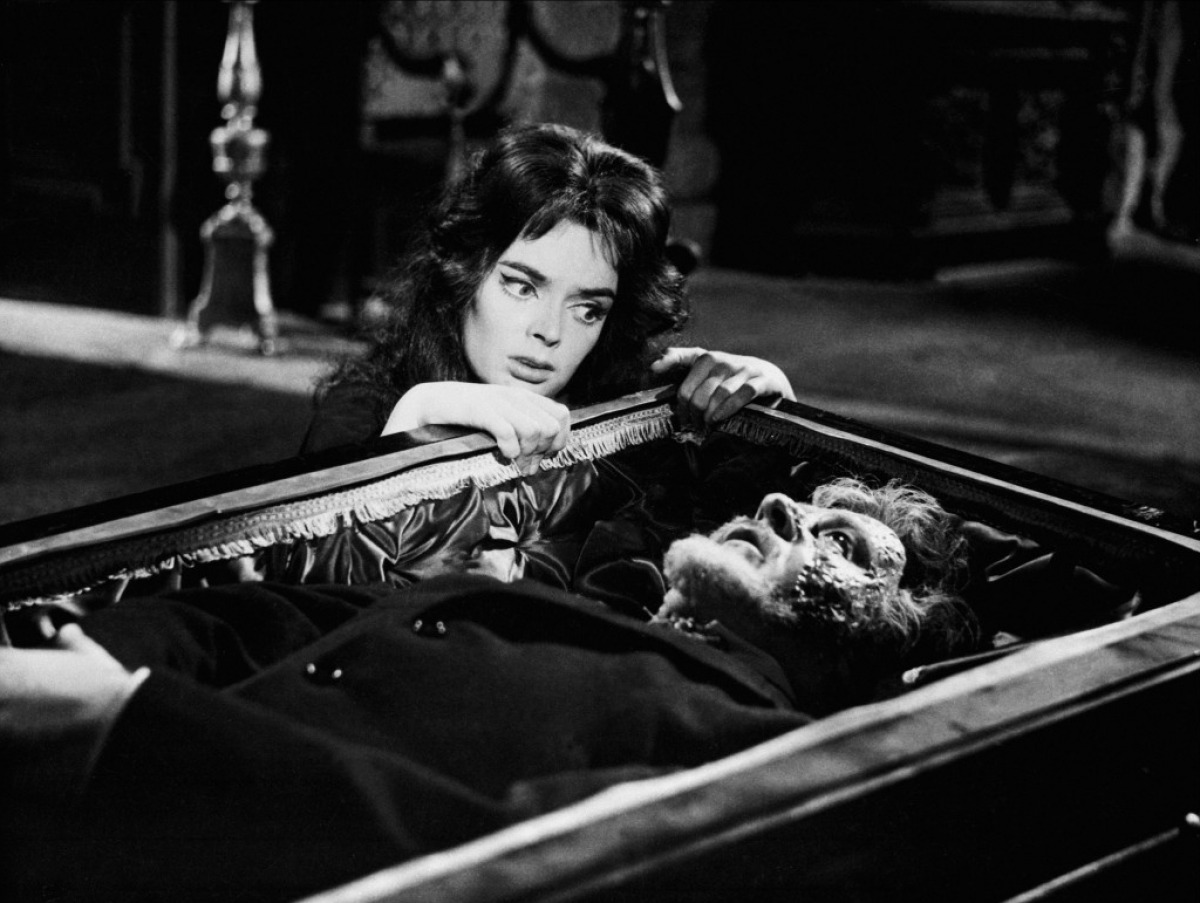
Black Sunday is one of the most recognizable and influential Gothic horror films in history. Its unforgettable and often imitated plot begins with a witch being burned at the stake for sorcery. Before dying, the witch swears retribution on the descendants of her killers, and 200 years later she makes her vengeful return.
Filmed in stunning black and white and infused with an endless floating fog, Black Sunday’s visuals helped create the template which countless future films would follow for their style.
For its time, Black Sunday was unusually violent and shocking, and its approach to bloodshed ushered in a new era of censorship criteria. Cited as an influence on the work of Tim Burton and Francis Ford Coppola, Mario Bava’s Black Sunday was crucial to the development of the Gothic horror genre.